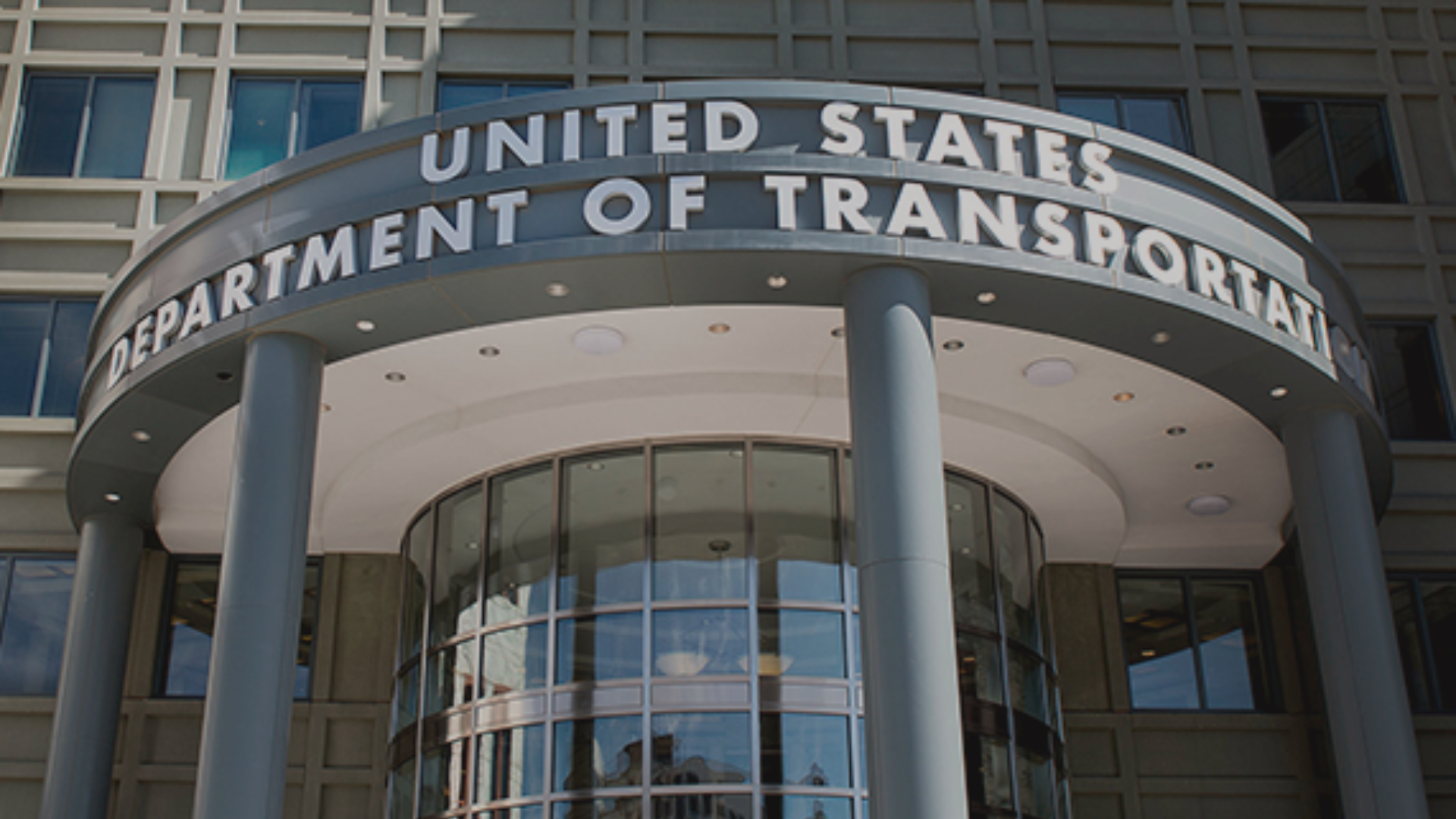Supply Chain and Investment Reconfiguration Under New Constraints
The shift in U.S. federal policy is also prompting structural reviews of supply chains and clean tech procurement strategies. For example, renewable developers now face the prospect of reduced access to production tax credits for domestic manufacturing. This not only affects project economics but also reverberates across upstream suppliers of solar panels, batteries, and hydrogen electrolyzers.
International investors, especially ESG-focused funds, are watching closely. While the IRA had catalyzed over $270 billion in announced clean energy investments since 2022 (Rhodium Group), recent revisions introduce uncertainty into pipeline timelines and returns. Fund managers are now increasingly factoring geopolitical risk and jurisdictional stability into their portfolio decisions.
For manufacturers, sourcing diversification is another priority. With CBAM on the horizon and ESG disclosures tightening globally, supply chains anchored in fossil-heavy grids or without clear emissions baselines face potential market access constraints. Reconfiguring procurement networks around clean electricity and traceable carbon footprints is emerging as a new baseline standard.
The intersection of sustainability and competitiveness is clearer than ever: in an environment of diverging policies, alignment with the most forward-looking frameworks provides a hedge against fragmentation.
Conclusion: Navigating Fragmentation Through Proactive Corporate Governance
The 2025 U.S. GOP energy bill marks a notable change in the global energy landscape—but for businesses, the critical response lies not in advocacy, but in adaptability. As the policy climate in the U.S. evolves, companies must avoid paralysis and instead deepen their engagement with global standards, regional policy ecosystems, and resilient procurement strategies.
Forward-looking firms will treat this as a stress test for climate governance: a moment to validate transition plans, expand scenario modeling, and strengthen board-level accountability around decarbonization pathways. Legal departments, too, must monitor the implications of cross-border trade friction, shifting disclosure requirements, and green industrial subsidies.
The global clean power race is not stalling—it is splintering, and companies that can navigate this complexity with agility and foresight will emerge as leaders not just in sustainability, but in overall market resilience. This moment calls for more than compliance—it demands climate-smart corporate strategy.
References







